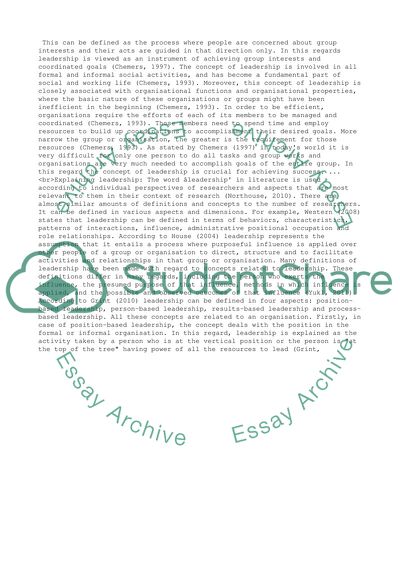Cite this document
(“The concept of leadership is involved in all formal and informal Essay”, n.d.)
Retrieved from https://studentshare.org/business/1394110-what-is-effective-leadership-within-an
Retrieved from https://studentshare.org/business/1394110-what-is-effective-leadership-within-an
(The Concept of Leadership Is Involved in All Formal and Informal Essay)
https://studentshare.org/business/1394110-what-is-effective-leadership-within-an.
https://studentshare.org/business/1394110-what-is-effective-leadership-within-an.
“The Concept of Leadership Is Involved in All Formal and Informal Essay”, n.d. https://studentshare.org/business/1394110-what-is-effective-leadership-within-an.


